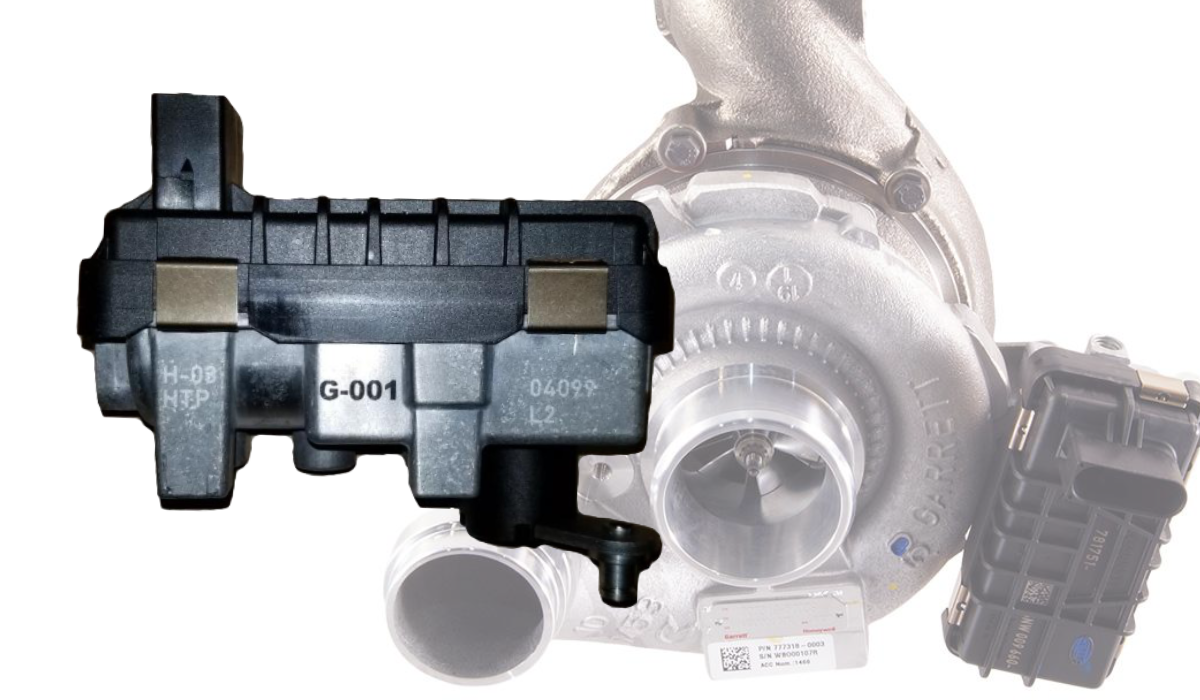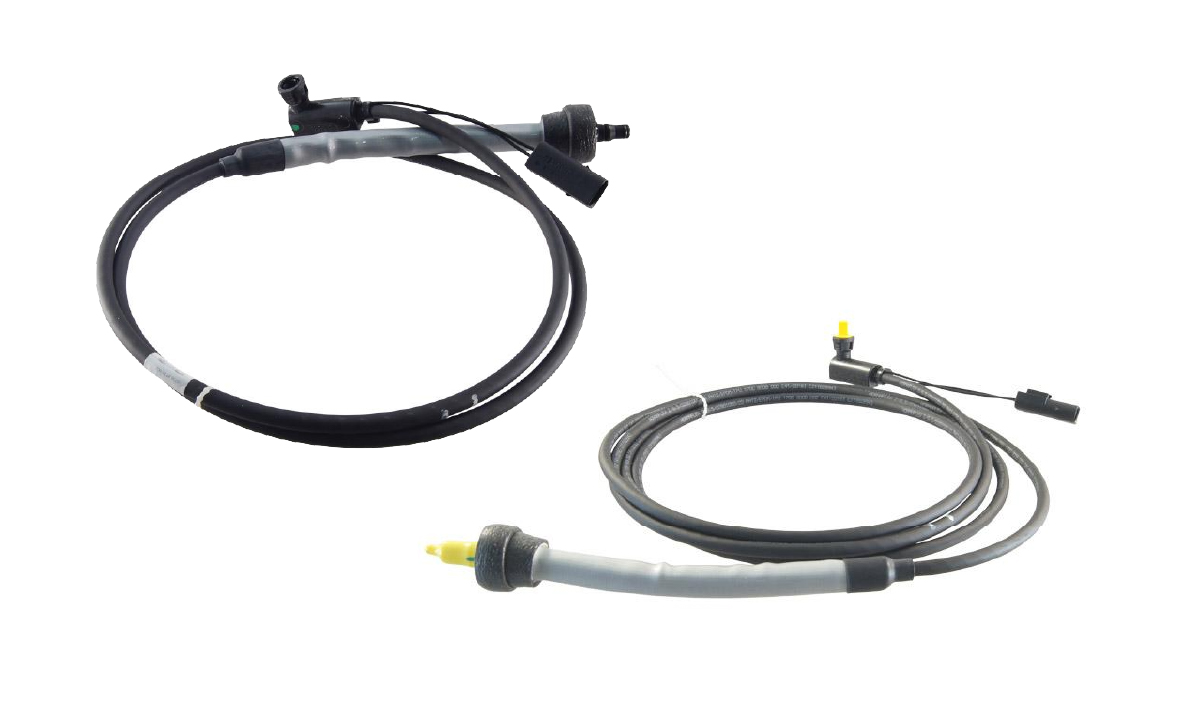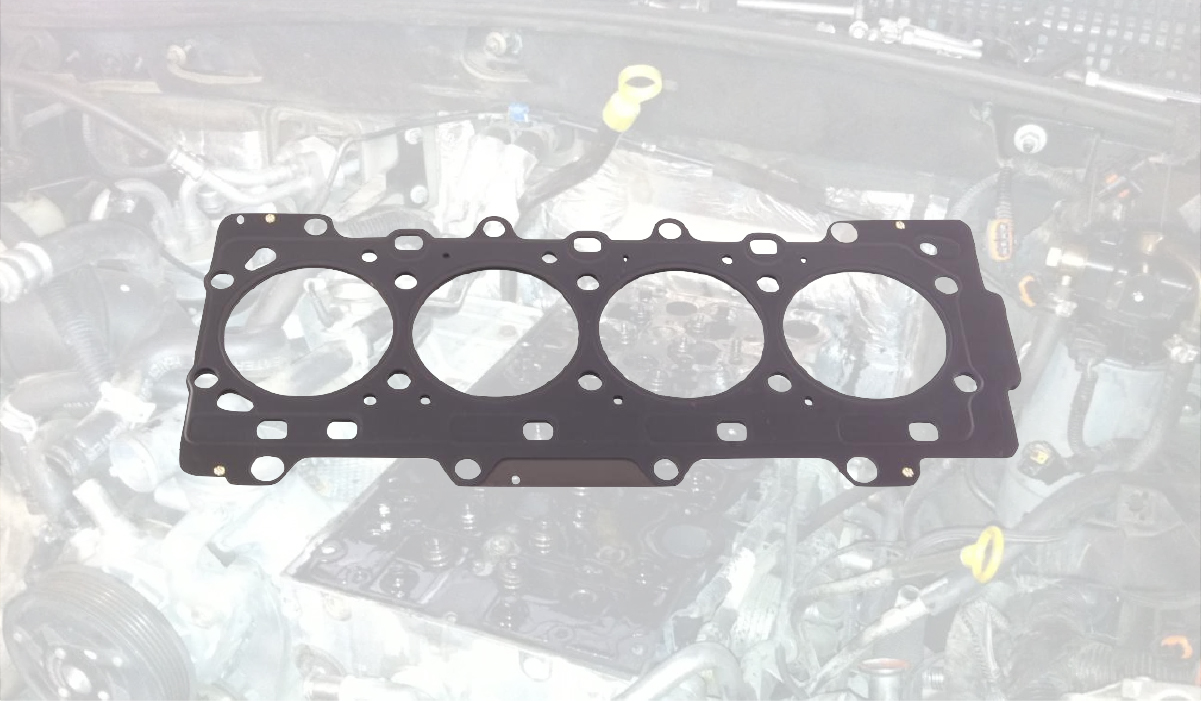In our first episode of Turbo Failure 101 we went over oil contamination. In part 2 we will go over another common cause of turbocharger failure – foreign object damage, or FOD.
Foreign object contamination is what it sounds like – some object got into the turbocharger. Under normal conditions the turbine wheel will be spinning at tens of thousands of RPM. At that speed a small item hitting a blade will be launched at supersonic speed into the housing, then bouncing around until the object is either completely pulverized or the compressor wheel is bent up enough to allow the object to pass. Once that first contact occurs, complete catastrophic failure can happen within seconds.
Damaged Vanes, Pitting on inside of inlet…
In the image you can see clear scraping and impact damage to the front edge of the compressor wheel. Also notable is the pitting on the inside wall – this should be smooth as glass. All the pitting came from the object ricochetting off the compressor wheel and bouncing off the sides. Based on the amount of pitting the object hit the walls hundreds of times and probably hit the compressor itself at least that often.
This owner reported that there were no items found when the turbo was taken off, and there were no objects in the intake system when he started the car. Assuming this is true, where did the item come from and where did it go?
Where it went is easier to answer. As mentioned above it most likely got pulverized into oblivion or until it was small enough to pass through the turbo and engine.
Where it came from is more murky. Foreign object damage is common on cars that suffered catastrophic turbo failure where the turbo shaft broke or the compressor worked itself loose and was able to hit the housing. This can cause a piece of metal from the compressor to eject itself into the turbo inlet pipe. This piece may go up the pipe and not immediately visible.
Another situation is with a turbo that has been underperforming due to intake manifold clogging, stuck VNT vanes, limp mode issues etc. Since the airflow through the turbo is either very slow or non-existent there can be oil buildup from the CCV on the inside of the turbo inlet pipe. This can be a sooty buildup that, over time, can harden enough to make it dangerous for a turbocharger.
In either case, when the new turbo is installed and the vehicle is driven the new turbo is able to make proper pressure and pull a lot of air through the airbox and turbo inlet pipe. This pull of air is strong enough to suck any loose objects or buildup in the pipe right into the turbo. The object then collides with the vanes and the damage occurs.
Because of these scenarios it is vital that ALL intake pipes are removed and FULLY cleaned when replacing a turbocharger. Its not just good practice – the proper functioning of your turbo and engine depend on it.
See also our articles How to Tell If Your Turbocharger Has Failed and TDI Turbo Failure 101 – Oil Contamination. For more general information on turbochargers, check out TDI Turbo Upgrades.





Leave a Reply